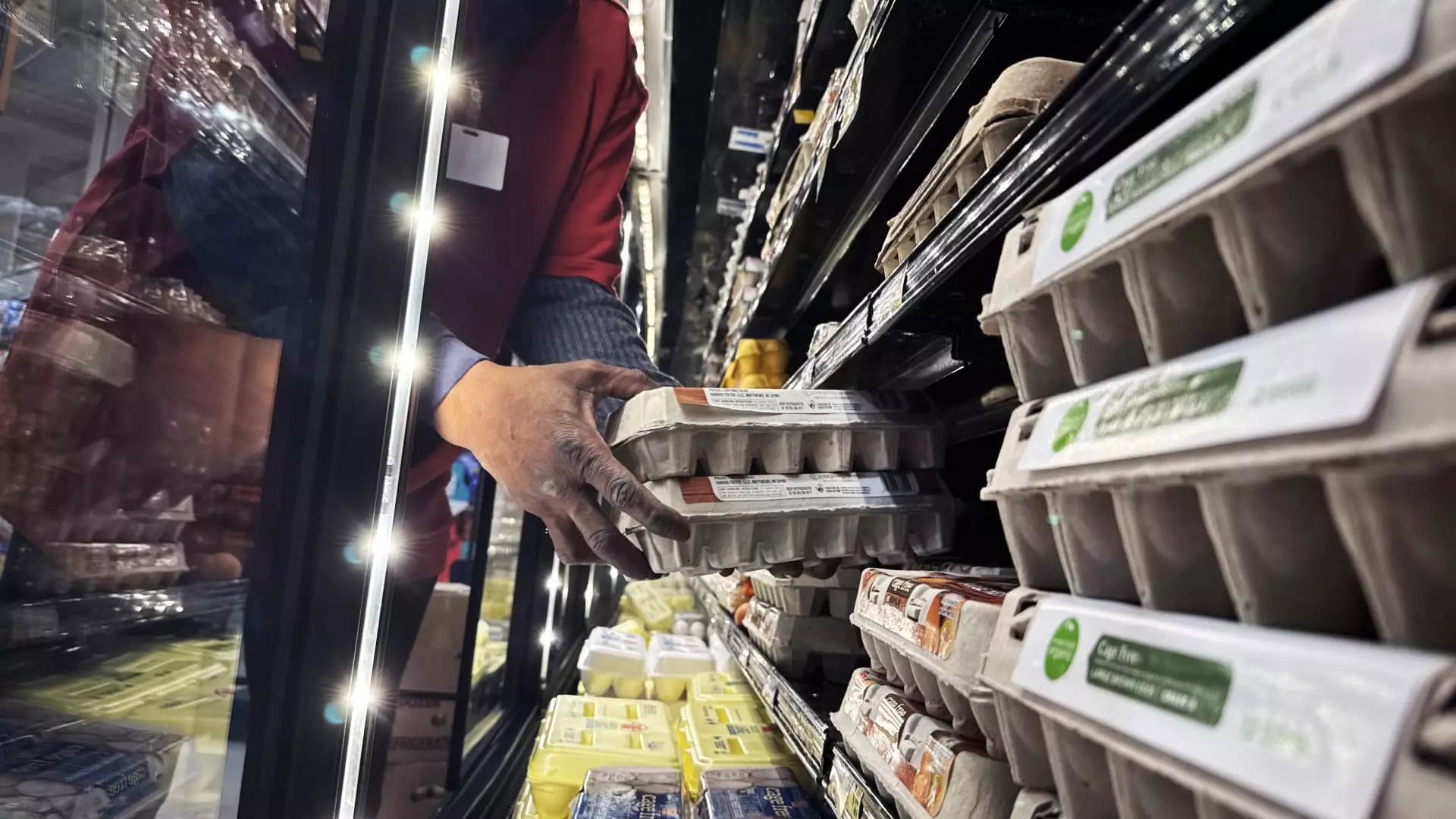As prices for everyday goods and services continue to soar, a phenomenon known as “sticker shock” has taken hold of the American consumer mood. A recent survey from Wells Fargo reveals that a staggering 90% of Americans are caught off guard by the steep costs of items ranging from essential groceries to leisure activities. This financial surprise is not limited to any single demographic; instead, it spreads across all income brackets, illustrating a widespread economic strain. Many consumers report that they encounter price tags that reflect a hike of anywhere from 55% to 200% more than what they previously anticipated. This rising cost of living has become a challenging reality, compelling individuals and families to rethink their spending habits and financial commitments.
The Wells Fargo report highlights that the ongoing economic situation has driven many Americans to curtail their expenditures. As rising prices force consumers to evaluate their financial priorities, many are postponing significant life decisions, adding a layer of uncertainty to their financial futures. Michael Liersch, Wells Fargo’s head of advice and planning, notes that the current unpredictability surrounding the dollar’s purchasing power is contributing to shifts in consumer behavior. This adaptation does not happen overnight; habit formation takes time, but early signs of adjustment are becoming noticeable. Looking ahead, there is hope that the public will gradually acclimate to the new price landscape, potentially easing the current anxiety over costs.
Interestingly, while household credit card debt has surged to unprecedented levels, the growth rate appears to be slowing down. Charlie Wise from TransUnion suggests this trend indicates that consumers are beginning to navigate their finances with more caution. The collective experience of prolonged inflation has led to a reassessment of what prices should be expected, prompting individuals to seek alternative strategies for managing monthly expenses. This gradual shift toward mindful spending can be seen as a necessary evolution in consumer finance, responding to both immediate and future challenges.
The economic landscape may soon face additional turbulence as discussions of a 25% tariff on imports from Canada and Mexico come into play. If implemented, these tariffs are projected to exacerbate the already inflated costs of consumer staples, further straining household budgets. Current data from the Bureau of Labor Statistics shows that grocery prices have surged by 28% over the past five years, and this new pressure could push them even higher. Such developments add an element of urgency to consumer decision-making, as many Americans are already grappling with the threat of renewed inflation. The Conference Board’s consumer confidence index has reflected these strains, reporting one of the largest monthly declines in sentiment observed since August 2021.
Amid these challenges, financial experts advocate for a proactive approach to managing personal finances. Andrea Woroch, a consumer savings expert, emphasizes the importance of crafting a detailed spending plan. By tracking expenses and setting clear financial goals, consumers can identify areas where they can reduce unnecessary spending. This strategic budgeting can alleviate the stress associated with rising prices and help individuals regain control over their financial landscape. Taking tangible steps—such as categorizing essentials versus discretionary wants—can foster greater awareness and discipline in spending habits.
In addition to budgeting, understanding the psychological triggers that lead to impulse buying is essential in navigating the current financial climate. Woroch suggests that consumers take active steps to curtail impulse purchases, such as unsubscribing from promotional newsletters or disabling notifications from shopping apps. By practicing these preventative measures, individuals can mitigate the temptation to spend beyond their means, thereby enhancing their ability to cope with fluctuating prices.
Ultimately, as consumers face the dual challenges of rising prices and potential tariff impacts, adopting a methodical approach to financial management becomes increasingly critical. By fostering awareness, creating structured spending habits, and understanding market dynamics, Americans can better navigate this volatile economic landscape. The goal is not only to endure the present circumstances but to emerge with stronger financial practices that encourage resilience and stability in the future.

Leave a Reply